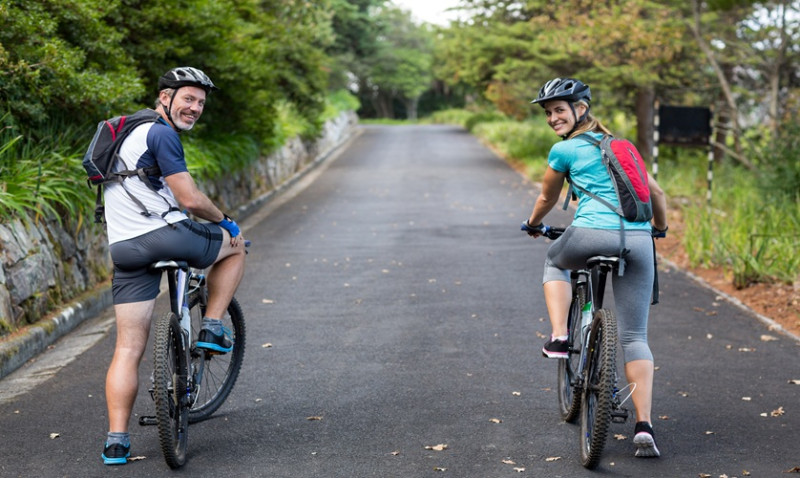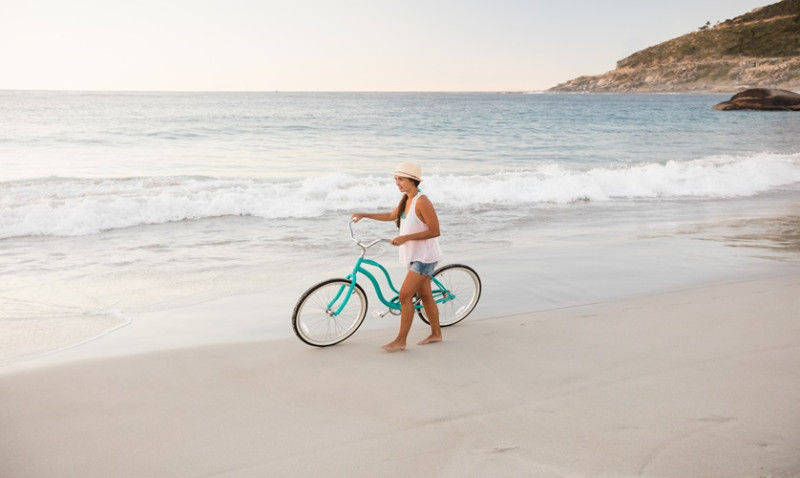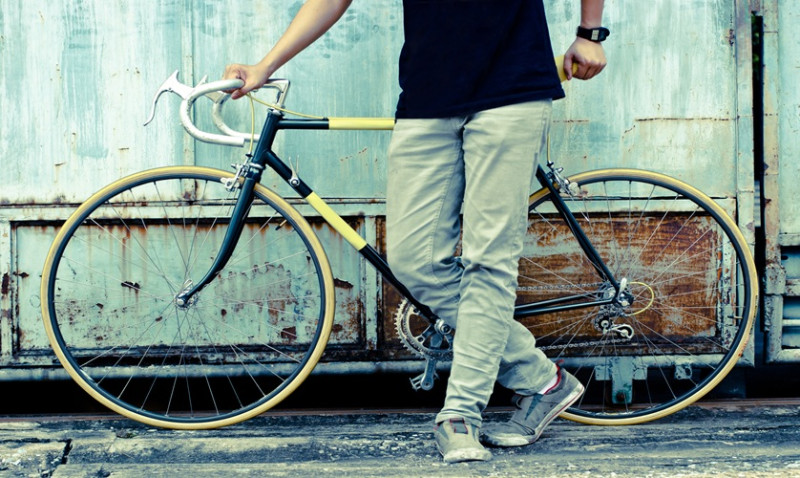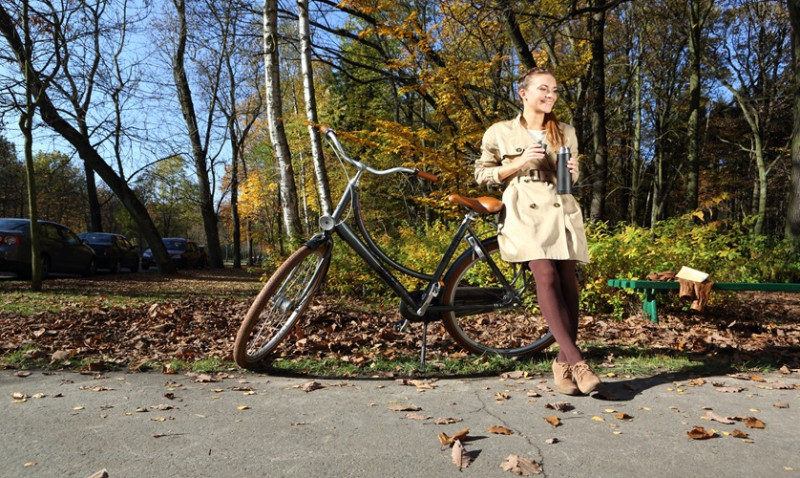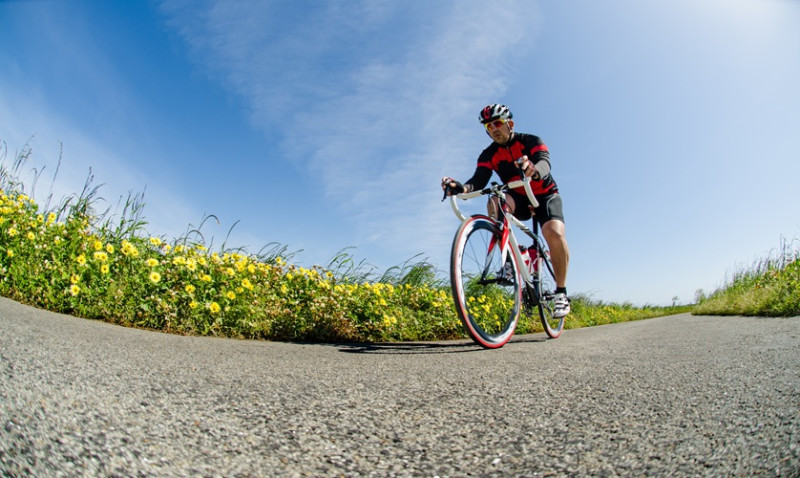
Whether you use cycling as a daily commute, weekend activity, or competitive sport, one thing all cyclists have in common is the desire to ride faster. Speed brings efficiency, satisfaction, and a sense of progress. But how do you realistically become a faster cyclist without spending thousands or sacrificing your entire lifestyle? In just 15 minutes of reading, we’ll give you the top strategies that are practical, proven, and tailored for UK cyclists—from DIY enthusiasts and young professionals to tradesmen and architects who want maximum performance with minimum fuss.
1. Master Your Bike Fit
A correct bike fit is easily one of the most overlooked ways to improve cycling speed. When your posture is just right—hips aligned, hands comfortably on the bars, knees tracking straight—your body becomes more efficient, reducing energy waste and discomfort. Poor bike fit leads to fatigue, pain, and slower performance.
For UK-based riders, many local bike shops like Evans Cycles and Halfords offer basic bike fitting services, while premium bike fitting studios can provide motion-capture analysis. If you're a DIYer, start by ensuring your saddle height allows a slight bend in the knee at the bottom of your pedal stroke. Handlebar reach should allow you to place your hands comfortably without overstretching or putting weight on your wrists.
It’s tempting to just "eyeball it," especially for keen enthusiasts working on their bike at home. But even minor tweaks—like adjusting cleat angle or saddle tilt—can make a dramatic difference in speed and comfort. A properly fitted bike is your foundation for speed.
2. Optimise Your Tyre Pressure and Tyre Choice
Your contact point with the road—your tyres—play a surprisingly large role in how fast you ride. The optimal pressure largely depends on your weight, the width of the tyre, and the type of surface you’re riding on. In the UK, where road surfaces can vary from smooth tarmac to cobbled country lanes, this matters more than you might think.
Too much pressure and you'll bounce over imperfections, losing traction and speed. Too little and you'll increase rolling resistance. The sweet spot varies, but typically for 25mm tyres, aim for 80–100 psi. Consider wider tyres (28–30mm) for greater comfort and speed on rougher roads.
Also think about tyre compound and tread pattern. Slick tyres with low rolling resistance save watts and increase speed. Some popular fast tyres for UK conditions include the Continental GP5000 or the Vittoria Corsa series, both known for speed and respectable puncture protection.
3. Upgrade Your Aerodynamics
Aerodynamics make a significant difference once you're riding above 15mph, which is easily achievable even for casual cyclists. Wind resistance becomes your largest enemy, even more than weight or drivetrain efficiency.
Simple changes can make a big difference. Consider tighter-fitting cycling apparel rather than flappy clothing; this alone can add 1–2 kph. Use a cycling helmet with an aerodynamic design—and yes, even budget options can help. Ditch backpacks and panniers for streamlined frame bags where possible.
If you’re using your bike for commuting or utility purposes, aerodynamics may sound over the top. But small details—like keeping cables tucked, using fewer accessories, and adopting a lower posture—will help every cyclist, including hardworking tradesmen commuting across town or designers nipping from client to client.
4. Build Interval-Based Training into Your Schedule
Time-crunched UK cyclists will appreciate that you don’t need to spend hours training to increase speed. You just need to train smart. Interval sessions, where you intersperse short, high-effort bursts with rest or easy pedalling, are the key to unlocking speed gains in far less time than steady-state riding.
Try this simple 20-minute interval ride, ideal for evenings after work or during a lunch break:
- 5-minute warm-up
- 30 seconds all-out effort
- 90 seconds easy spinning
- Repeat the 30/90 cycle six times
- 5-minute cool-down
This builds speed, oxygen capacity, and sprinting ability very quickly. Many UK-based training apps like Zwift or TrainerRoad offer structured interval workouts that can be used indoors or out, especially helpful during those drizzly British mornings!
5. Use Gearing and Cadence Efficiently
Pushing a hard gear may feel satisfying, but it's often less efficient than spinning in a slightly easier gear with a higher cadence. Finding your "sweet spot" cadence—typically between 80 to 100 revolutions per minute—can save energy, allowing you to ride longer and faster.
The gearing on your bike should match your terrain and leg strength. If you ride in hilly areas such as the Scottish Highlands or Surrey Hills, compact gearing will help you maintain a rhythm without burning out. Urban riders might prefer 1x drivetrains for simplicity and quicker gear shifts.
Understanding your cadence and power output is easier than ever, thanks to affordable cadence sensors or smart trainers. These tools are readily available in many UK outlets and can pair with your phone or bike computer for real-time feedback during rides.
6. Fuel Your Ride Properly
Think of your body as an engine. If you don’t give it the right fuel, it won't perform—plain and simple. Yet many cyclists downplay the importance of nutrition, especially for rides longer than 30 minutes. Eating a banana 30 minutes before a ride or a mid-ride energy gel can be the difference between flagging and flying.
For daily commuters or professionals cycling to job sites, don’t shy away from small snacks that offer both fast-digesting carbs and hydration. Energy bars, oat-based snacks, or even a sandwich with simple ingredients can sustain your output. And don’t forget hydration—especially during unpredictable UK weather, when you think you’re not sweating, but soon run low on energy.
Post-ride nutrition is equally vital. A quick recovery meal or shake with carbs and protein replenishes glycogen stores and aids muscle recovery—prepping you for your next ride and allowing consistent speed gains.
7. Clean and Maintain Your Bike
Dirty bikes slow you down—literally. A clean drivetrain reduces friction, improves shifting, and increases the efficiency of your pedalling. Especially in the UK, where wet weather and road grit are common, regular cleaning is more than a cosmetic choice—it’s a performance one.
Create a quick maintenance setup at home or in your shed: a bucket, degreaser, soft brushes, and chain lube. Every few weeks (or more often in wet conditions), degrease your chain and cassette, rinse off road grime, and reapply lubricant. Use a light lubricant for dry conditions and a wet lubricant for rainy conditions—both widely available across the UK in stores like Screwfix or online at Wiggle.
Pay attention to tyre pressure, brake pad wear, and shifting accuracy. DIY home maintenance saves money and improves your bike's ability to deliver speed efficiently and safely.
8. Set Realistic Goals and Track Progress
Progress breeds motivation. And whether you're aiming to keep up with the fast group ride, shave minutes off your commute, or just feel stronger on hills, setting benchmarks keeps you accountable and focused.
Use a basic cycling app like Strava or Komoot. These apps track your speed, distance, and even elevation. Some let you compete with friends or past versions of yourself. Try weekly goals—like a 10% speed increase over a familiar loop—or record your best 10-mile time trial monthly. Keep it fun and challenging, not punishing.
For design and trades professionals who thrive on progress, tracking cycling performance can lend the same satisfaction as finishing a flawless installation or delivering a design pitch on time. The key is consistency—not perfection.
9. Bonus: Invest Wisely (When You’re Ready)
While skills and training offer the biggest speed upgrades, equipment does play a role. If you're considering upgrades, prioritise components that directly impact rolling resistance and drag. Here's a quick guide to smart investments, ranked by cost-effectiveness:
| Upgrade | Impact on Speed | Estimated Cost (GBP) |
|---|---|---|
| High-quality tyres | High | £70–£120 (pair) |
| Aero helmet | Medium–High | £50–£150 |
| Wheelset (aero / light) | High | £300–£1,500 |
| Power Meter | Medium | £250–£500 |
| Aero Frame / Full Bike | High | £1,000–£5,000+ |
Final Thoughts: Speed is a Journey, Not a Shortcut
Becoming a faster cyclist doesn’t have to mean becoming a professional athlete. By applying these practical techniques—refining your position, training smarter, fueling properly, and upgrading efficiently—you’ll see improved performance on the bike without sacrificing your lifestyle or free time.
Whether you're a DIY enthusiast looking for efficiency gains, a designer seeking some outdoor speed therapy, or a tradesman cycling between projects, these tips will help you make your ride faster and more enjoyable. So tighten your helmet, pump those tyres, and hit the road. Fast cycling just got a whole lot easier.

